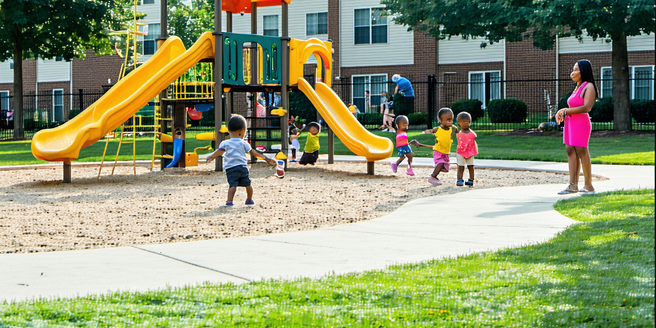Inexpensive Living Arrangements

Understanding Affordable Housing Options
Affordable housing options are crucial for individuals seeking cost-effective living arrangements. These options often include government-subsidized housing grants, which offer reduced rent based on income. Eligibility criteria are typically determined by household income and size, making it accessible to low and moderate-income families. Applicants need to navigate through the application process and comply with specific requirements to benefit from these programs. In addition to government aid, there are non-profit organizations focused on providing affordable housing, sometimes offering housing counseling services to guide individuals through the process. Understanding these options involves researching available programs within one’s area, considering eligibility, and applying for assistance. Staying informed about affordable housing opportunities can significantly alleviate housing costs, providing secure and sustainable living solutions.
Creative Shared Living Solutions
Creative shared living solutions offer an innovative approach to affordable housing. By sharing a home with others, expenses like rent, utilities, and maintenance can be significantly reduced. These solutions often involve co-living spaces where individuals have their private rooms but shared common areas, fostering a sense of community. Platforms facilitating shared living arrangements can help match individuals with compatible housemates. Additionally, home-sharing models such as splitting a lease with roommates or subletting a portion of one’s home to a tenant can be economically beneficial. Exploring these options requires clear communication, shared agreements on household responsibilities, and understanding of legal implications within rental agreements. By embracing shared living, individuals can reduce living expenses and enjoy the social benefits of living with like-minded people.
Adapting to Minimalist Lifestyles
Embracing a minimalist lifestyle can be an effective way to lower living expenses and simplify one’s life. Minimalism encourages individuals to focus on what truly matters, reducing clutter and unnecessary possessions. This shift in mindset can lead to downsizing living spaces, choosing smaller homes or apartments, and concentrating on functionality. By minimizing possessions and optimizing living spaces, individuals can reduce costs associated with large homes, furniture, and maintenance. This lifestyle fosters an appreciation for experiences over material items, encouraging resourceful spending and sustainable living practices. Adapting to minimalism involves critical evaluation of personal needs and priorities, helping to declutter both physical and financial aspects of life. Ultimately, minimalist living can lead to financial freedom and increased satisfaction.
Exploring Co-Housing Communities
Co-housing communities present a unique and collaborative approach to affordable living arrangements. These intentional communities focus on shared values, common facilities, and close-knit neighborhood interactions. Members of co-housing communities often participate in decision-making processes and maintenance of shared spaces, enhancing social connections and support networks. Co-housing arrangements offer individual living units while sharing communal resources such as kitchens, gardens, and recreational spaces. It’s important to recognize that each co-housing community has its own distinct culture and operational style. Engaging with such communities requires understanding their foundational principles, visiting potential sites, and assessing compatibility with existing members. By joining a co-housing community, individuals can benefit from reduced living costs, shared responsibilities, and a built-in social environment. Exploring these communities fosters sustainable living and enriches personal relationships.
Utilizing Income-Based Housing Programs
Income-based housing programs provide vital support for individuals and families striving for affordable living. These programs align rent payments with household income, ensuring that housing remains economically feasible. Participants typically undergo an income assessment to determine eligibility, with consideration given to household size and regional income averages. Public housing, Section 8 vouchers, and other local assistance programs often comprise these offerings, each with distinct application processes and waiting lists. It is essential for applicants to remain proactive and patient during the often lengthy wait for assistance. Navigating these programs involves understanding the criteria, gathering required documentation, and staying informed about availability updates. By utilizing these resources, individuals can secure sustainable housing solutions that adapt to their financial circumstances, enabling them to allocate funds towards other essential life needs.